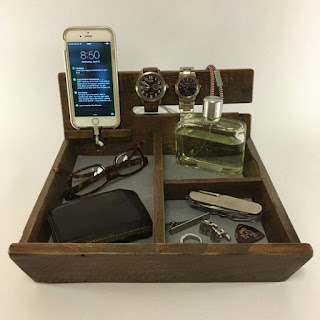Display Your Collectibles in Style with Curio Cabinet Woodworking Plans
Do you have a cherished collection of porcelain dolls, vintage toys, or perhaps meticulously crafted mineral specimens? Are you tired of seeing your prized possessions haphazardly arranged on shelves or tucked away in boxes? Then it's time to consider building a custom curio cabinet! Not only will a handcrafted cabinet protect your valuables from dust and damage, it will also elevate their display, transforming your collection into a stunning focal point in your home. This article guides you through the process, offering insights and inspiration to build your dream curio cabinet using readily available woodworking plans.
Why Choose a Custom-Built Curio Cabinet?
Mass-produced curio cabinets often lack the character and personalization that a handcrafted piece offers. Building your own allows for complete control over dimensions, style, and features. Imagine a cabinet perfectly tailored to accommodate your collection's unique size and shape. You can choose from a variety of woods, creating a look that seamlessly integrates with your existing décor. The satisfaction of creating something beautiful and functional with your own hands is unparalleled. Furthermore, a custom-built curio cabinet represents a significant investment – not just financially, but also in time and effort – resulting in a piece that reflects your individual taste and passion.
Finding the Right Woodworking Plans
The internet is a treasure trove of woodworking plans, offering a diverse selection of curio cabinet designs. Begin by identifying the style that best suits your needs and aesthetic preferences. Do you prefer a traditional, ornate cabinet or a sleek, modern design? Consider the size and space available for your new cabinet. Carefully review the plans before purchasing or downloading them. Look for detailed instructions, accurate measurements, and clear diagrams. Choose plans that match your skill level, starting with simpler designs if you are a beginner. Reputable woodworking websites and online communities often offer helpful reviews and feedback on various plans, helping you make an informed decision.
Essential Considerations Before You Begin:
- Wood Selection: Research different wood types and their properties. Hardwoods like mahogany, cherry, or walnut offer durability and rich aesthetics, but may be more expensive. Softwoods like pine or poplar are more affordable but may require additional care.
- Tools and Materials: Ensure you have all the necessary tools and materials before starting. This includes saws, chisels, drills, sanders, clamps, wood glue, finish, and hardware. Don't underestimate the importance of having the right tools for a smooth and efficient build.
- Safety First: Woodworking can be dangerous. Always wear appropriate safety gear, including eye protection, dust masks, and hearing protection.
Building Your Masterpiece: Step-by-Step Guide
Once you've chosen your plans and gathered your materials, follow the instructions meticulously. Take your time and focus on accuracy in each step. Don't rush the process. Proper preparation and attention to detail are key to a successful project. If you encounter any difficulties, don't hesitate to consult online resources or seek guidance from experienced woodworkers. Remember to regularly clean your workspace and properly store your tools and materials to maintain a safe and efficient working environment.
Finishing Touches and Displaying Your Collection
After completing the construction, apply a protective finish to enhance the wood's beauty and durability. Consider using a clear coat to showcase the natural grain or a stain to achieve a specific color. Allow ample drying time before installing the glass panes and hardware. Finally, arrange your collection thoughtfully within the cabinet, highlighting your most prized pieces. Use lighting to enhance the display and create a visually captivating showcase of your beloved treasures.
Building your own curio cabinet is a rewarding experience that combines craftsmanship, creativity, and personal expression. Embrace the challenge, enjoy the process, and revel in the beauty of a custom-built cabinet showcasing your cherished collection.




































